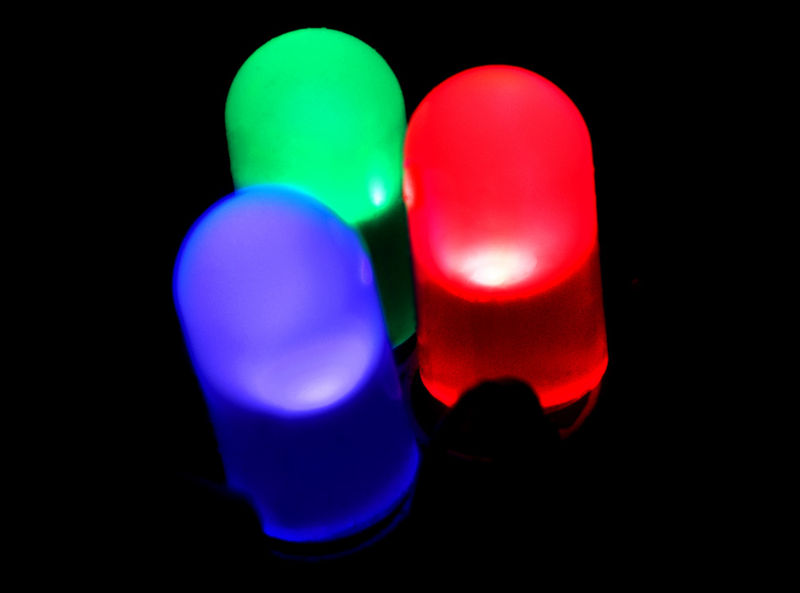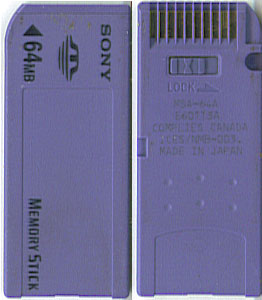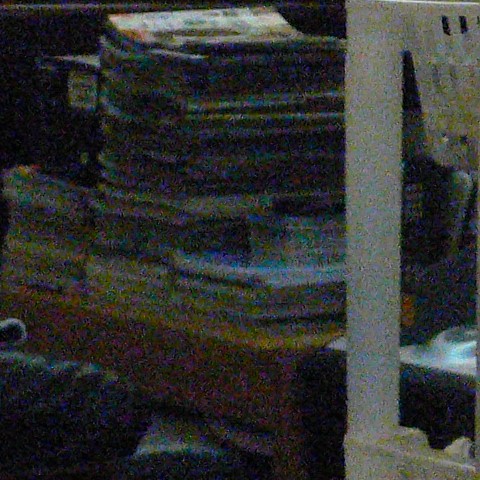 Image Capture - an application program that enables users to upload pictures from digital cameras or scanners which are either connected directly to the computer or the network. It provides no organizational tools like iPhoto but is useful for collating pictures from a variety of sources with no need for drivers.
Image Capture - an application program that enables users to upload pictures from digital cameras or scanners which are either connected directly to the computer or the network. It provides no organizational tools like iPhoto but is useful for collating pictures from a variety of sources with no need for drivers.iTunes - a proprietary digital media player application, used for playing and organizing digital music and video files. The application is also an interface to manage the contents on Apple's iPod, iPhone and iPad.

Index Page - It most often refers to the initial or main web page of a web site, sometimes called the front page (by analogy with newspapers).
ISDN (integrated services digital network) - a set of communications standards for simultaneous digital transmission of voice, video, data, and other network services over the traditional circuits of the public switched telephone network.
ISP (internet service provider) - a company that provides access to the Internet. Access ISPs connect customers to the Internet using copper, wireless or fiber connections.[1] Hosting ISPs lease server space for smaller businesses and host other people servers (colocation).
IP address - a numerical label assigned to each device (e.g., computer, printer) participating in a computer network that uses the Internet Protocol for communication.[1] An IP address serves two principal functions: host or network interface identification and location addressing
Javascript - also known as ECMAScript,[6] is a prototype-based, object-oriented[7] scripting language that is dynamic, weakly typed and has first-class functions. It is also considered a functional programming language[1] like Scheme and OCaml because it has closures and supports higher-order functions.
JPEG file - a commonly used method of lossy compression for digital photography (image). The degree of compression can be adjusted, allowing a selectable tradeoff between storage size and image quality. JPEG typically achieves 10:1 compression with little perceptible loss in image quality.
Kilobyte - a multiple of the unit byte for digital information. Historically and in common usage, a kilobyte refers to 1024 bytes, however because the prefix kilo means 1000 in the International System of Units (SI), some organizations have declared that 1 kilobyte is 1000 bytes. The unit symbol recommended by these sources for the kilobyte is kB or kbyte. The unit symbol in common usage and employed by most operating systems and manufacturers is KB.
Laptop - a personal computer for mobile use.[3][4][5] A laptop integrates most of the typical components of a desktop computer, including a display, a keyboard, a pointing device (a touchpad, also known as a trackpad, and/or a pointing stick) and speakers into a single unit
Lab Mode - a colour selection option in photoshop. It is an alternative to RGB and CMYK colour mode but with unlimited colour options.
Lasso tool - a tool in photoshop that creates a custom, free-hand selection. It is usually used to cut out, or select specific sections of a pre-existing picture.
Layer mask - Photoshop layer masks are editable selections that play an important role in non destructive editing. Layer Masks offer flexibility because they can be almost completely treated as a full gray scale image, which allows the use of filters, selection tools, adjustment tools, etc.
LCD (Liquid chrystal display) - is a thin, flat electronic visual display that uses the light modulating properties of liquid crystals (LCs). LCs do not emit light directly. They are used in a wide range of applications, including computer monitors, television, instrument panels, aircraft cockpit displays, signage, etc.
LED (Light-emitting diode) - a semiconductor light source. LEDs are used as indicator lamps in many devices and are increasingly used for other lighting. Introduced as a practical electronic component in 1962,[2] early LEDs emitted low-intensity red light, but modern versions are available across the visible, ultraviolet and infrared wavelengths, with very high brightness.

Lithium Ion - A lithium-ion battery (sometimes Li-ion battery or LIB) is a family of rechargeable battery types in which lithium ions move from the negative electrode to the positive electrode during discharge, and back when charging. Chemistry, performance, cost, and safety characteristics vary across LIB types. Unlike lithium primary batteries (which are disposable), lithium-ion electrochemical cells use an intercalated lithium compound as the electrode material instead of metallic lithium.
 Microsoft - is an American public multinational corporation headquartered in Redmond, Washington, USA that develops, manufactures, licenses, and supports a wide range of products and services predominantly related to computing through its various product divisions. Established on April 4, 1975 to develop and sell BASIC interpreters for the Altair 8800, Microsoft rose to dominate the home computer operating system market with MS-DOS in the mid-1980s, followed by the Microsoft Windows line of operating systems.
Microsoft - is an American public multinational corporation headquartered in Redmond, Washington, USA that develops, manufactures, licenses, and supports a wide range of products and services predominantly related to computing through its various product divisions. Established on April 4, 1975 to develop and sell BASIC interpreters for the Altair 8800, Microsoft rose to dominate the home computer operating system market with MS-DOS in the mid-1980s, followed by the Microsoft Windows line of operating systems.Memory stick - is a removable flash memory card format, launched by Sony in October 1998,[1] and is also used in general to describe the whole family of Memory Sticks.

Mouse - In computing, a mouse is a pointing device that functions by detecting two-dimensional motion relative to its supporting surface. Physically, a mouse consists of an object held under one of the user's hands, with one or more buttons.

Mash up - a digital media file containing any or all of text, graphics, audio, video, and animation, which recombines and modifies existing digital works to create a derivative work.
Meta tags - Meta elements are the HTML or XHTML
<meta … > element used to provide structured metadata about a Web page. Multiple elements are often used on the same page: the element is the same, but its attributes are different. Meta elements can be used to specify page description, keywords and any other metadata not provided through the other head elements and attributes.Mirror - In computing, a mirror is an exact copy of a data set. On the Internet, a mirror site is an exact copy of another Internet site. Mirror sites are most commonly used to provide multiple sources of the same information, and are of particular value as a way of providing reliable access to large downloads. Mirroring is a type of file synchronization.
Media player - is a term typically used to describe computer software for playing back multimedia files. Most software media players support an array of media formats, including both audio and video files.
Melbourne IT - is an Australian Internet company listed on the Australian Securities Exchange (ASX: MLB). Formed in 1996, its primary business is domain name registration in most of the major national and global top-level domains. It also offers web and email hosting services and online marketing services.
Megabyte - a multiple of the unit byte for digital information storage or transmission with two different values depending on context: 1048576 bytes (220) generally for computer memory;[1][2] and one million bytes (106, see prefix mega-) generally for computer storage
Nano technology - (sometimes shortened to "nanotech") is the study of manipulating matter on an atomic and molecular scale. Generally, nanotechnology deals with structures sized between 1 to 100 nanometre in at least one dimension, and involves developing materials or devices possessing at least one dimension within that size. Quantum mechanical effects are very important at this scale, which is in the quantum realm.
Network - A computer network, often simply referred to as a network, is a collection of computers and devices interconnected by communications channels that facilitate communications among users and allows users to share resources. Networks may be classified according to a wide variety of characteristics. A computer network allows sharing of resources and information among interconnected devices.
Navigation - Web navigation refers to the process of traversing a network of web resources, and the user interface that is used to do so. A central theme in web design is the development of a web navigation interface that maximizes usability.
Noise - Image noise is the random variation of brightness or color information in images produced by the sensor and circuitry of a scanner or digital camera. Image noise can also originate in film grain and in the unavoidable shot noise of an ideal photon detector.


OSP (online service provider) -n online service provider can for example be an internet service provider, email provider, news provider (press), entertainment provider (music, movies), search, e-shopping site (online stores), e-finance or e-banking site, e-health site, e-government site, Wikipedia, Usenet (commonly accessed through Google Groups).[clarification needed] In its original more limited definition it referred only to a commercial computer communication service in which paid members could dial via a computer modem the service's private computer network and access various services and information resources such a bulletin boards, downloadable files and programs, news articles, chat rooms, and electronic mail services.
Open source -describes practices in production and development that promote access to the end product's source materials.
Opacity - How much an image will obscure the background when painted, usually defined by its alpha channel
Photoshop - is a graphics editing program developed and published by Adobe Systems Incorporated. The .PSD (Photoshop Document), Photoshop's native format, stores an image with support for most imaging options available in Photoshop. These include layers with masks, color spaces, ICC profiles, transparency, text, alpha channels and spot colors, clipping paths, and duotone settings. This is in contrast to many other file formats (e.g. .EPS or .GIF) that restrict content to provide streamlined, predictable functionality.
PDA (personal digital assistant) -also known as a palmtop computer, or personal data assistant,[1][2] is a mobile device that functions as a personal information manager. Current PDAs often have the ability to connect to the Internet.
Portal - or links page is a web site that function as a point of access to information on the World Wide Web. A portal presents information from diverse sources in a unified way.
Path -in computer file systems, the human-readable address of a resource
Plug In -a set of software components that adds specific abilities to a larger software application. If supported, plug-ins enable customizing the functionality of an application
Podcast - (or non-streamed webcast) is a series of digital media files (either audio or video) that are released episodically and often downloaded through web syndication. The word replaced webcast in common vernacular due to the fame of the iPod and its role in the rising popularity and innovation of web feeds.
Pixel - a pixel, or pel[1], (picture element[2]) is a single point in a raster image, or the smallest addressable screen element in a display device; it is the smallest unit of picture that can be represented or controlled.
PNG File - (Portable Network Graphics) is a bitmapped image format and video codec that employs lossless data compression. PNG was created to improve upon and replace GIF (Graphics Interchange Format) as an image-file format not requiring a patent license.
PDF File - an open standard for document exchange. This file format created by Adobe Systems in 1993 is used for representing documents in a manner independent of application software, hardware, and operating systems.
